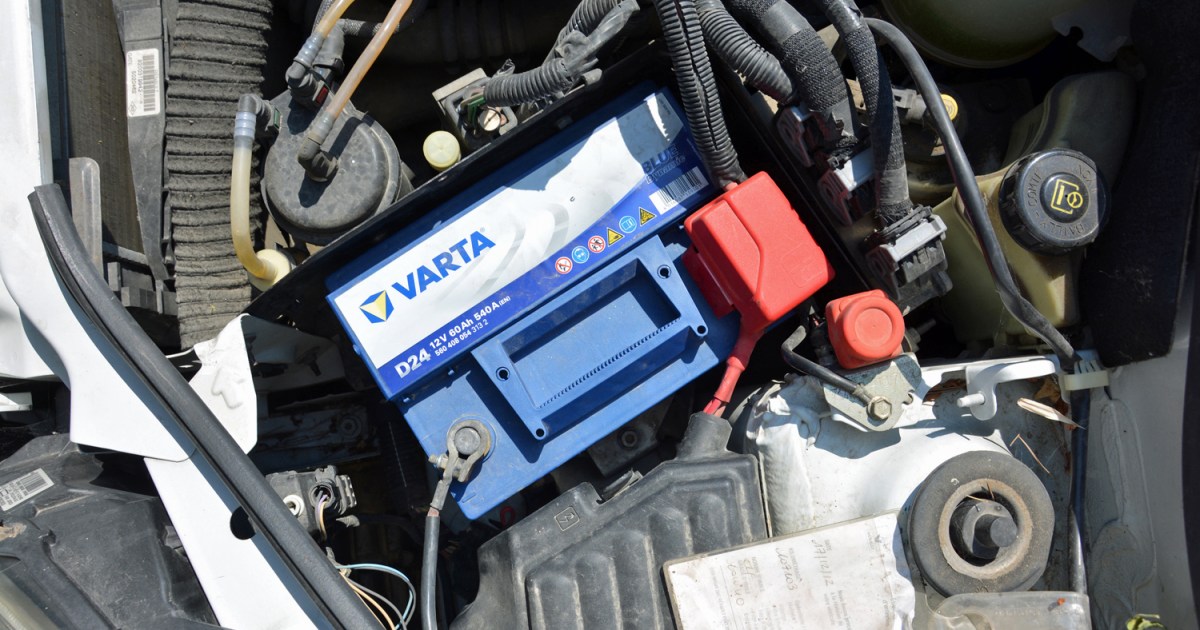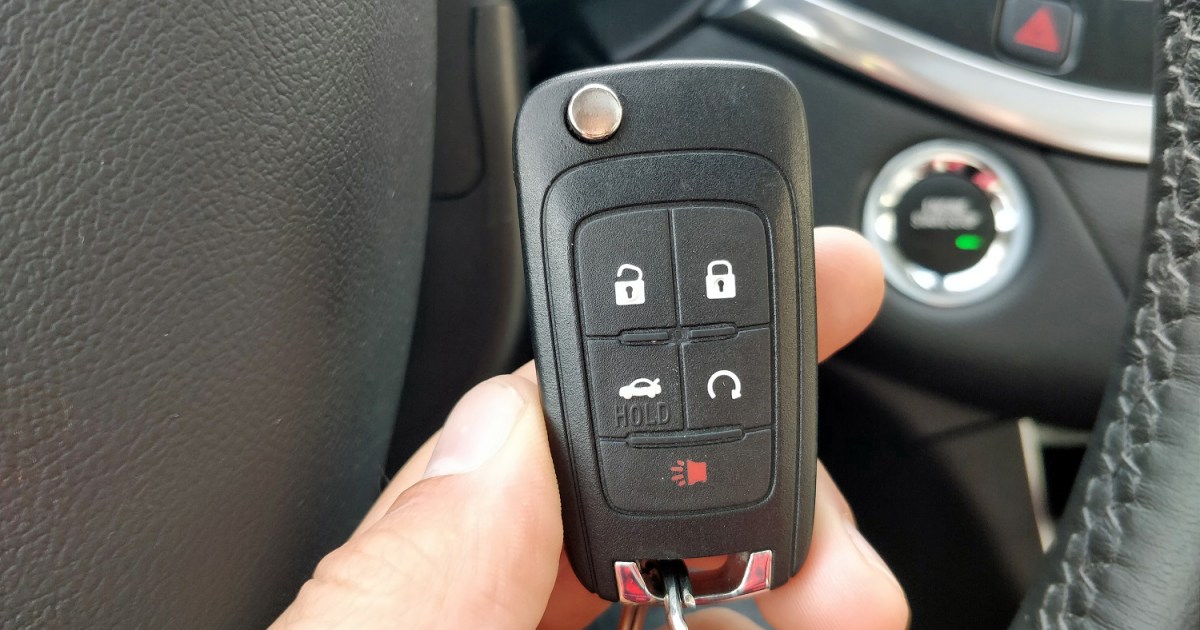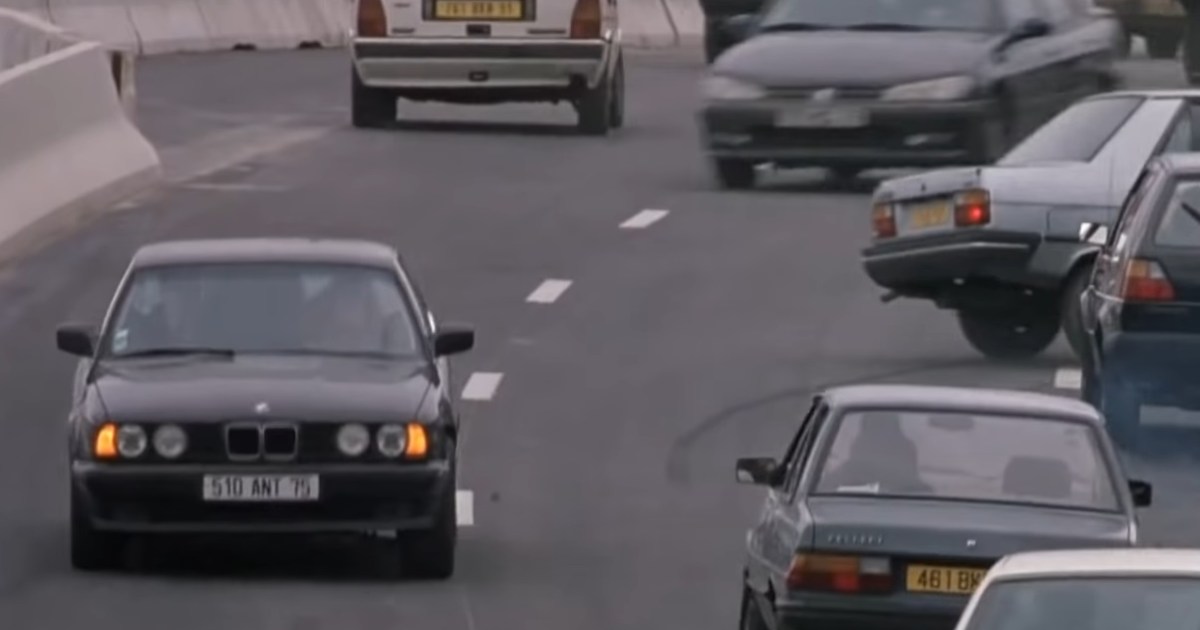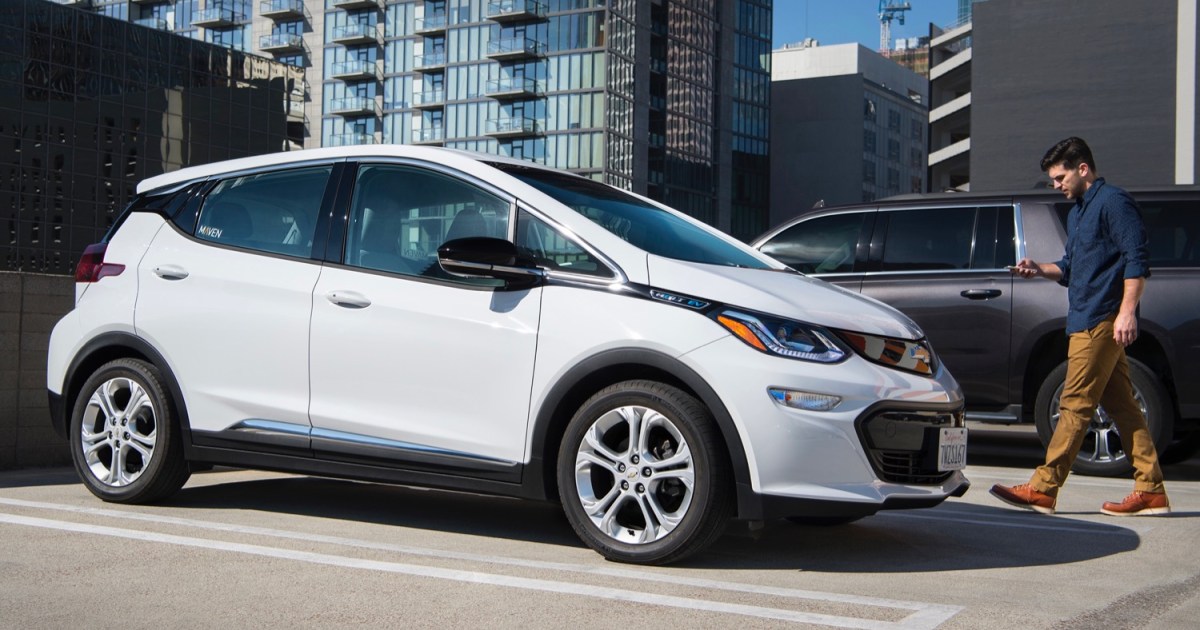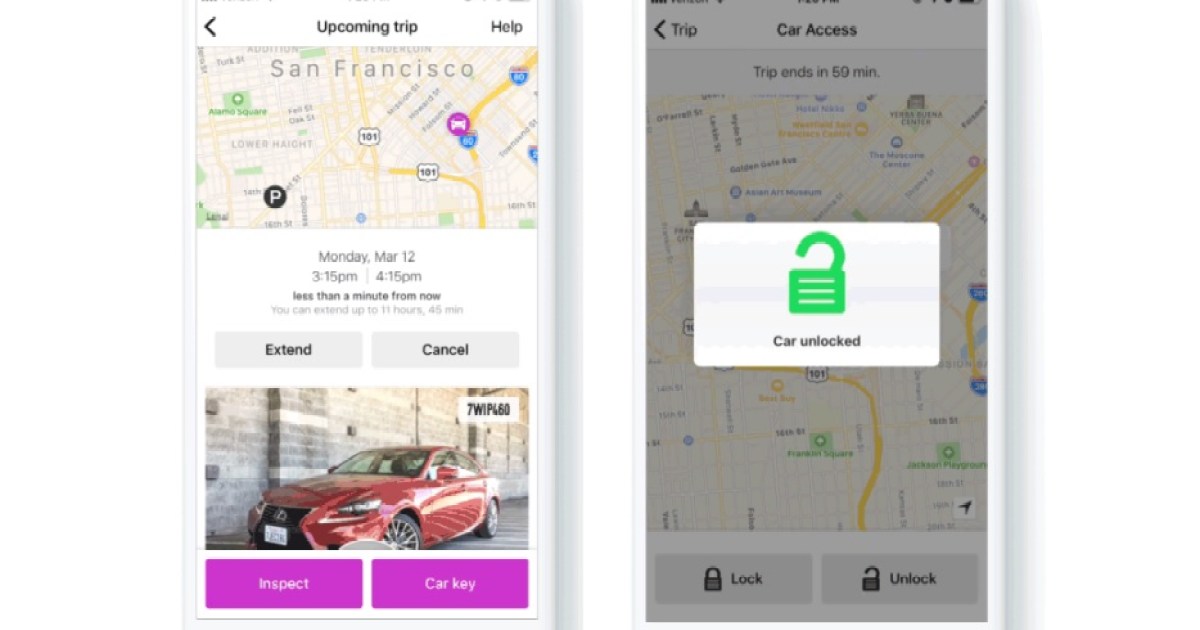Changing a car battery is a straightforward task that almost anyone can handle. It doesn’t require specialized tools or pose significant safety risks, and doing it yourself can save you considerable money on labor costs. This guide provides a comprehensive step-by-step walkthrough of the process.
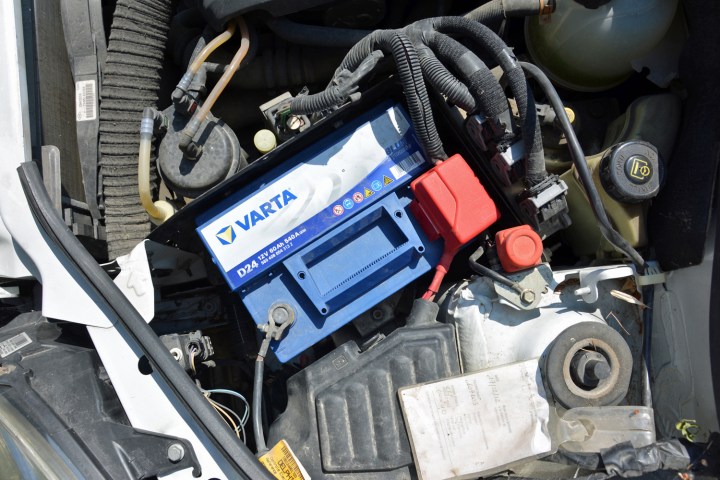 Car battery location
Car battery location
Locating Your Car Battery
The first step is locating your car battery. In most vehicles, it’s situated in a corner of the engine bay, typically near the front behind a headlight or at the back under the windshield. It may be concealed by a plastic cover, particularly in newer models. If you can’t find it under the hood, consult your owner’s manual; some manufacturers, like BMW, place the battery under the rear seat or in the trunk to conserve space. Before starting, note your car stereo’s code, as disconnecting the battery sometimes resets it and requires the code upon restarting. Wear clothes you don’t mind getting slightly dirty.
Disconnecting the Battery Terminals
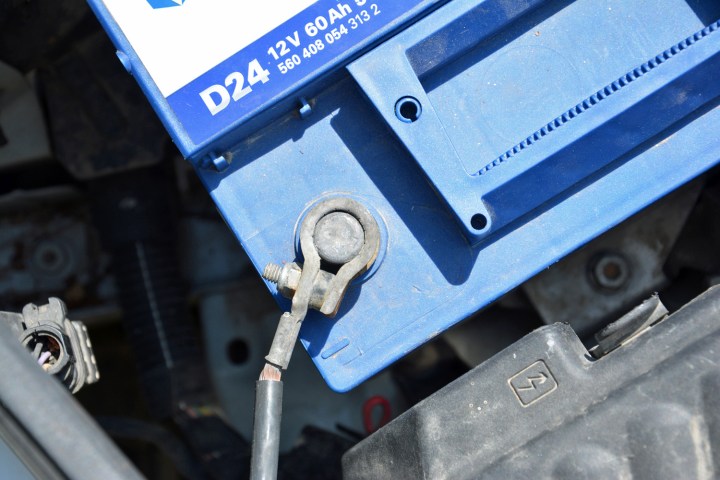 Disconnecting negative terminal
Disconnecting negative terminal
Your 12-volt car battery has positive (+) and negative (-) terminals, similar to smaller batteries. These terminals connect to the car’s electrical system via metal terminal ends. Locate both terminals (the positive terminal may have a plastic cover) and identify how they are secured. Some cars have quick-release clamps; others require wrenches to loosen the terminal ends. The bolt sizes vary (typically 10mm, 13mm, or a combination).
Begin by disconnecting the negative terminal, marked with a “-” symbol. Using a wrench, turn the bolt counterclockwise (“lefty loosey”) to loosen it. Avoid touching both terminals simultaneously with the wrench to prevent sparks. Once loose, gently pull the negative terminal end off and set it aside. Repeat the process for the positive terminal, ensuring the wrench doesn’t contact any metal part of the car.
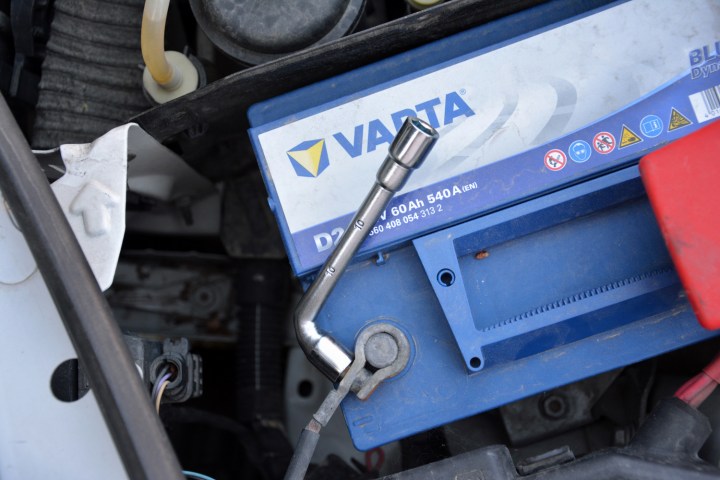 Disconnecting positive terminal
Disconnecting positive terminal
Removing the Battery Hold-Down
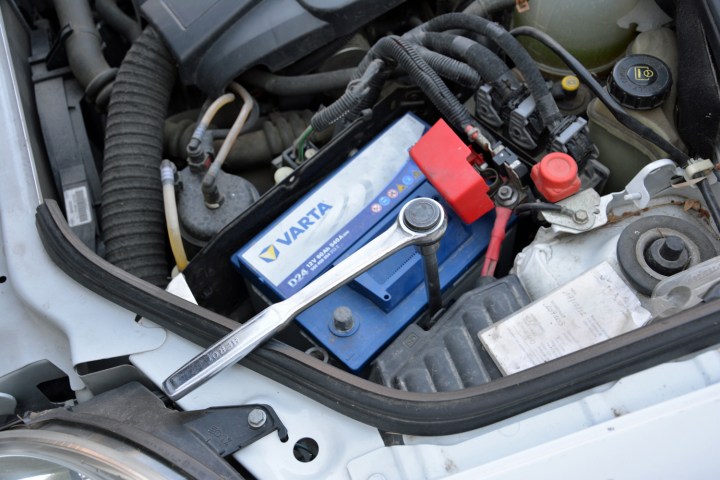 Battery hold-down clamp
Battery hold-down clamp
With both terminals disconnected, the battery is still secured by a hold-down mechanism, usually a strap or metal plate. You’ll need a socket wrench, the correct socket size, and an extension bar to reach the bolt securing the hold-down. Loosen the bolt carefully and avoid dropping it into the engine bay. A telescopic magnet can be helpful for retrieving dropped bolts.
Removing and Inspecting the Old Battery
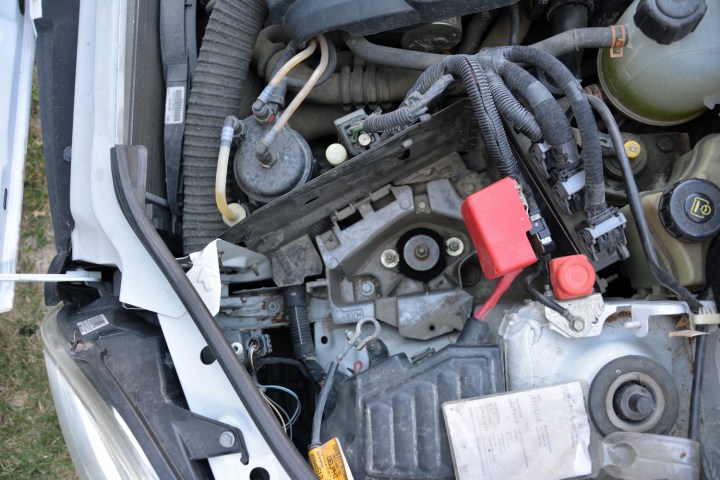 Removing the old battery
Removing the old battery
Once the hold-down is removed, carefully lift the old battery out. It can be heavy (20 pounds or more), so be prepared. Inspect the battery terminals for corrosion (a greenish, grayish, or whitish powder). If present, clean the terminals with emery cloth or fine-grit sandpaper (around 100-grit) until shiny. Wear gloves to protect your hands from battery acid.
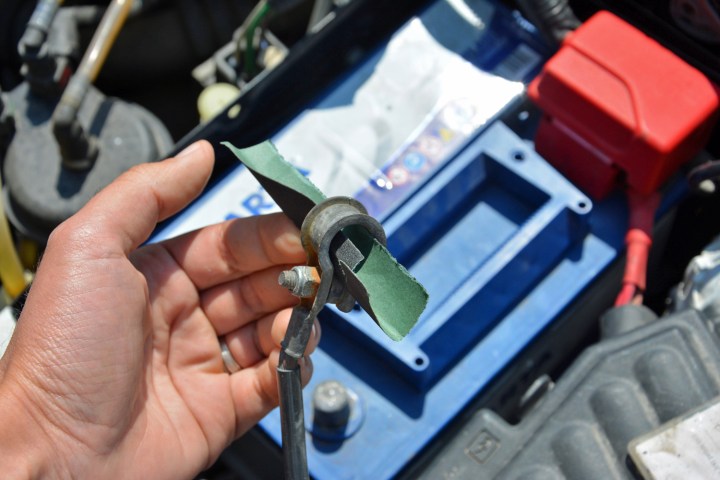 Inspecting battery terminals
Inspecting battery terminals
Installing the New Battery
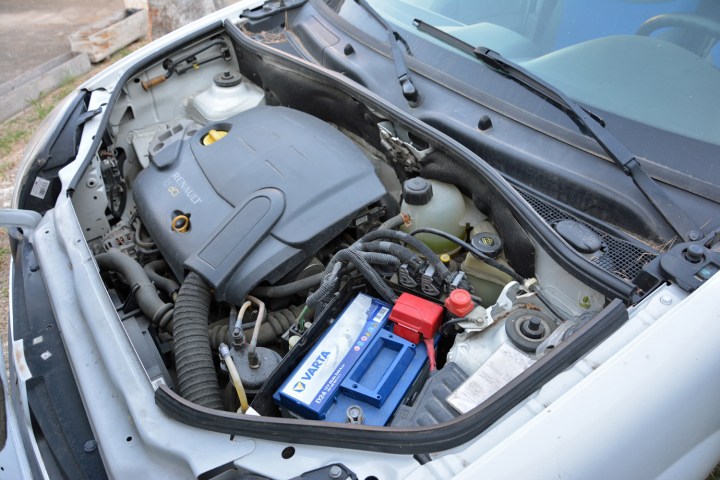 New car battery installed
New car battery installed
Place the new battery in the tray and secure it with the hold-down. Most new batteries include anti-corrosion washers and grease. Apply a thin layer of grease to the terminals. Connect the positive terminal first, tightening the bolt securely but avoiding over-tightening. Repeat for the negative terminal. Ensure no tools are left in the engine bay, close the hood, and start the car to verify the new battery is working correctly.
Conclusion
Replacing a car battery is a manageable DIY project that can save you money. By following these steps, you can confidently change your car battery and keep your vehicle running smoothly.



